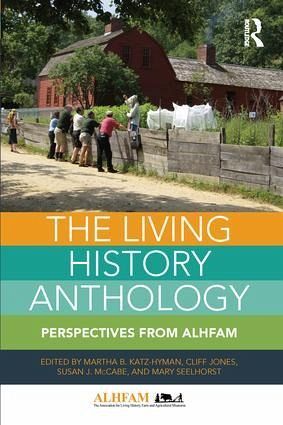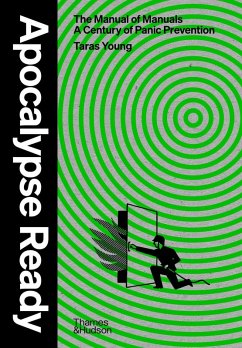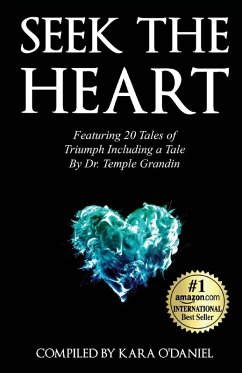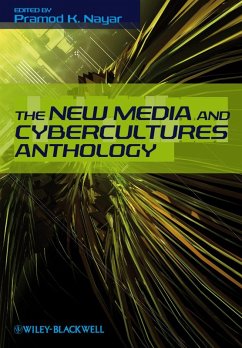
The Living History Anthology
Perspectives from ALHFAM
Herausgeber: Katz-Hyman, Martha B.; McCabe, Susan J.; Jones, Cliff
Versandkostenfrei!
Versandfertig in 1-2 Wochen
51,99 €
inkl. MwSt.
Weitere Ausgaben:

PAYBACK Punkte
26 °P sammeln!
The Living History Anthology brings together twenty-six practical essays on the craft of establishing and running living history museums. Contributions cover all aspects of developing and running a living history site. Including contributions on strategic planning, human resource management, research programs, collection policies, and engagement with varied audiences, including indigenous groups, the book demonstrates how to approach such tasks from a living history perspective. Topics unique to the sector, such as re-enactment, historic trade crafts, and working with machinery and livestock, ...
The Living History Anthology brings together twenty-six practical essays on the craft of establishing and running living history museums. Contributions cover all aspects of developing and running a living history site. Including contributions on strategic planning, human resource management, research programs, collection policies, and engagement with varied audiences, including indigenous groups, the book demonstrates how to approach such tasks from a living history perspective. Topics unique to the sector, such as re-enactment, historic trade crafts, and working with machinery and livestock, are also covered. Each essay is briefly introduced and contextualized by the editors, while the collection is bookended by a new foreword and afterword from Debra A. Reid, and an introduction from the editors. Representing the collective wisdom of the Association for Living History, Farm and Agricultural Museums (ALHFAM) members across the decades, The Living History Anthology provides a valuable resource for all living history practitioners. It should also be of interest to students and scholars studying living history.














